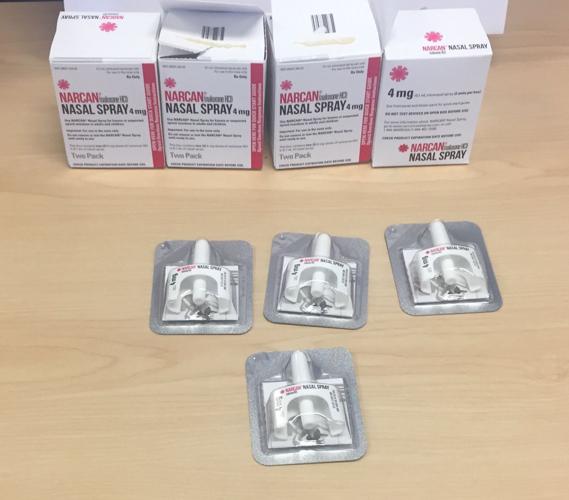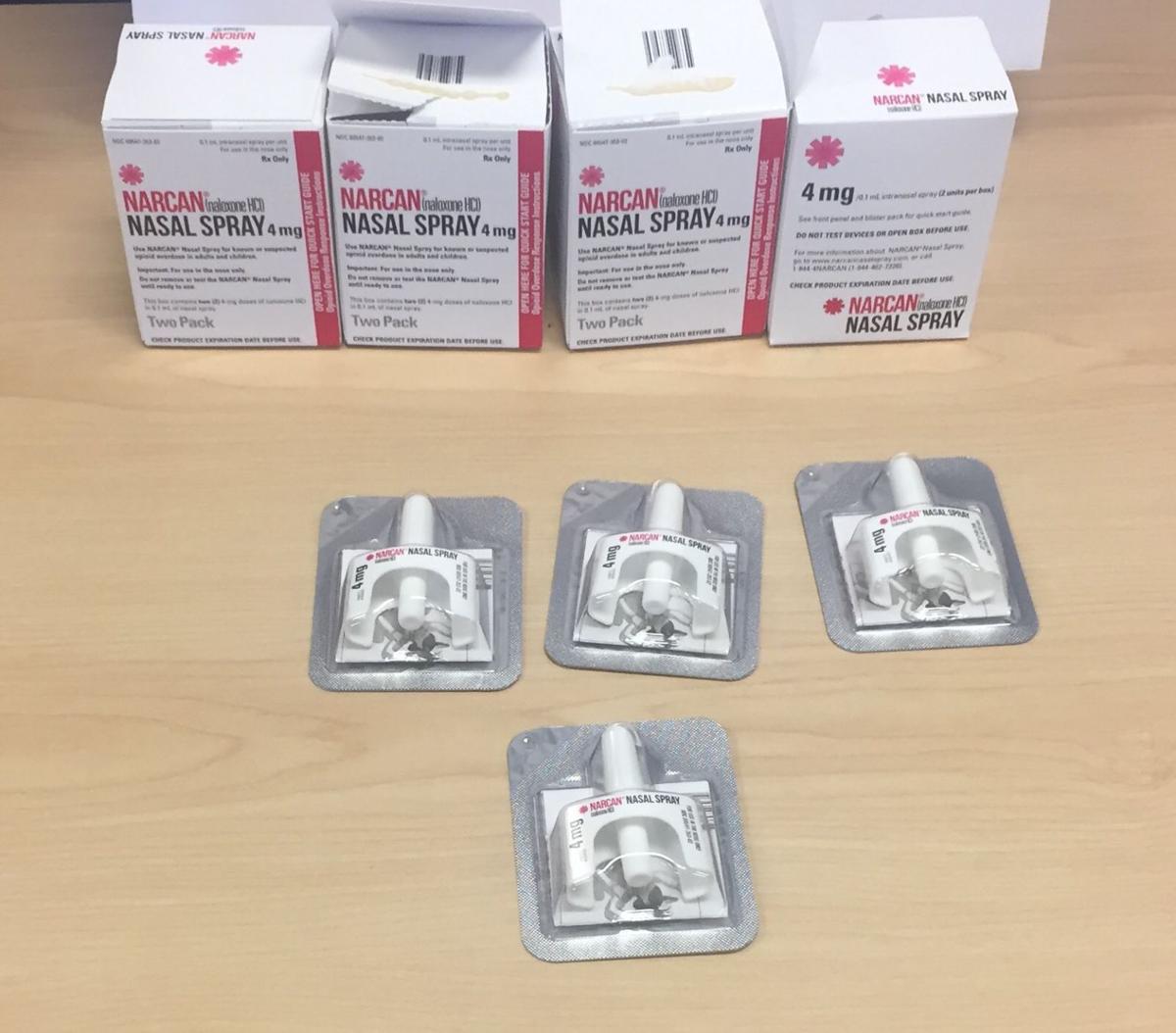PHOENIX — Faced with an average of two deaths a day, the state’s top health official is looking for ways to curb the abuse of opioids, both legal and otherwise.
And some of that may involve getting doctors to find alternative relief for patients with chronic pain — including possibly recommending the use of medical marijuana.
Dr. Cara Christ, director of the Department of Health Services, said Thursday some of the meteoric rise in deaths — up from 454 in 2012 to 790 last year — can be traced to illegal drug use. That is reflected in a tripling in the number of Arizonans who died from heroin overdose.
But there are more actual deaths from prescription opioids. While Christ said some of these can be people misusing the drugs for recreational purposes, she suspects there are people who have become addicted to them because of chronic pain.
One indication of that, she said, is the pure data.
Christ said the death rate from opioid abuse and overdose is higher among those in the 45- to 54-year-old age group than it is among those any other 10-year spread. This is a group, she said, which is less likely using the drug for recreation.
So who’s to blame?
“That’s difficult,” Christ said.
She said some of it starts with doctors.
“People were educated years ago that they are nonaddictive, that they are great resources for pain, you don’t need to use them only for cancer or terminal pain,” Christ said. “We underestimated the addictive potential of these medications.”
And the government itself, she said, shares the blame.
Christ said the federal Centers for Medicare and Medicaid Services links hospital reimbursement and hospital performance scores to patient satisfaction surveys. And those surveys include two questions about how their pain was treated.
“I think that assisted in this,” she said.
“Then when you clamp down on the supply of it, you have these people who have no other choice and choose, then, heroin,” Christ continued. “And we do know that four out of five heroin drug users started as prescription drug users.”
Changing that, she said, starts with doctors finding alternatives to pain management.
“There are a lot of other effective treatments, such as nonsteroidal anti-inflammatory drugs,” she said, ranging from aspirin to ibuprofen — drugs like Advil and Motrin — and naproxen, which is marketed as Aleve and similar drugs. And Christ said her agency is going to set up a “chronic pain program” to work with insurance companies to ensure they are providing coverage for such medications.
And what of medical marijuana?
The 2010 voter-approved initiative allows doctors to recommend the drug to patients with certain specified medical conditions. And one of them is chronic pain.
Christ said she can’t say whether marijuana might be suitable for some people, outweighing the potential dangers of that drug.
“Each individual is going to be different,” she said, saying patients need to discuss options with their doctors.







